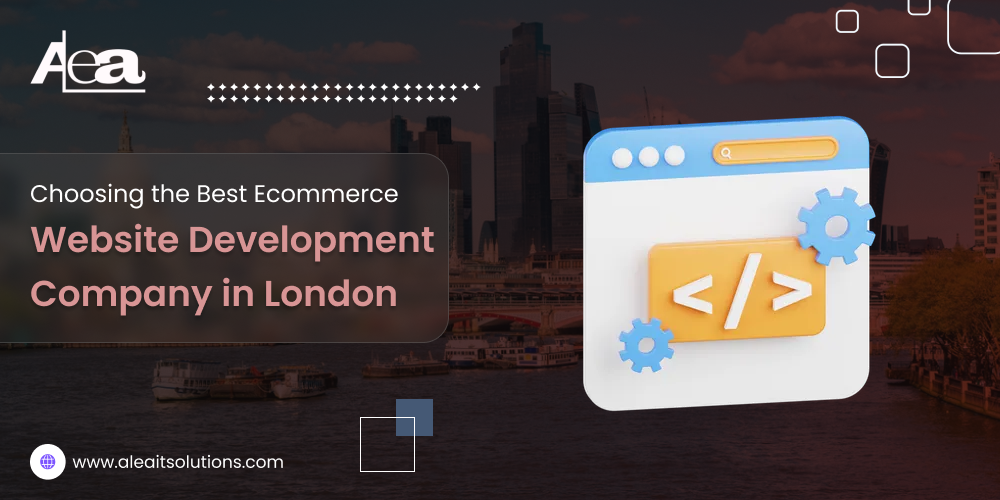In today’s digital world, it is necessary to establish a strong online appearance for businesses. Websites are the cornerstone of this appearance, and understand the technologies that give them strength. This blog will be engrossed in two main components of web development: front-end and back-end. We will detect their languages, roles, and how they work together to create spontaneous user experience.
What is Front-End Development?
Front-end development includes elements of a website that users are directly attached. It is all that sees and experiences from a visitor layout and design to button and navigation. Think of it as the tip of the iceberg; This makes a website attractive and user friendly.
Key Languages in Front-End Development:
HTML (HyperText Markup Language):
Backbone of any web page, html structures content. It uses tags to create elements such as top, paragraphs, links and images.
CSS (Cascading Style Sheets):
CSS controls the visual appearance of a website. This allows developers to style HTML elements, styles, fonts, spaceings and to control the layout to make a harmonious look.
JavaScript:
This programming language adds interaction to web pages. From animation to dynamic content updates, JavaScript increases user more attractive by making the experience more attractive.
Front-End Frameworks and Libraries:
Reacts: Developed by Facebook, react simplifies the process of construction of interactive UI. This allows reusable components, which makes growth more efficient.
Angular: A strong structure maintained by Google, is perfect for the creation of single-page applications (Spas) with angular rich user experiences.
Vue.JS: Known for its simplicity and flexibility, Vue.JS is great for both small projects and large applications.
What is Back-End Development?
While the front-end user is about the interaction, the back-end development is about the server side of a website. This aspect is required to handle database, server and underlying application logic. In simple words, this is the part that users do not see, but are necessary for functionality.
Key Languages in Back-End Development:
PHP (Hypertext Pre-processor):
A widely used scripting language is particularly effective for PHP server-side development. It gives powers to popular platforms such as WordPress.
Python:
Its readability and efficiency are known, python is often used for web development, such as with structures such as Django and Flask. This is ideal for the creation of complex applications.
Ruby:
Ruby, often used with rail framework (ruby on rails), is famous for its elegant syntax and is favored to make a start-up quickly.
Node.js:
Using JavaScript on the server side, Node.JS allows developers to create sharp, scalable network applications. This chat app is very good for real -time application like app.
Back-End Frameworks:
Django: It is a powerful python structure that promotes quick growth, emphasizing clear and practical design.
Ruby on Rails: A full-stack framework that simplifies web development with a convention-over-conferencing philosophy.
Express.js: A minimum node.JS framework that offers a strong set of features for web and mobile application.
How Front-End and Back-End Work Together
The synergy between front-end and back-end development is important for a spontaneous user experience. When a user interacts with the front end, their actions triggered the requests sent to the back end. The back end processes these requests, retriever the data from the database, and sends back the response to the front end, which then updates the user interface accordingly.
Example:
When you fill the contact form on a website, the front-end collects your information. This data is sent on back end, which validate and stored it in a database. Once the process is complete, the back end sends a confirmation response back to the front end, informing you that your message was successfully sent.
The Importance of Choosing the Right Technology
It is important to select the front-end and back-end technologies suitable for the success of a website. It depends on various factors, including:
Project requirements: Understanding what your website to achieve is the first step in technology selection.
Scalability: Consider if your chosen technology can handle future development.
Performance: Make sure the techniques you selected will provide a sharp and efficient user experience.
Future Trends in Front-End and Back-End Development
Web development scenario is constantly developing. Here are some trends to see:
Progressive Web apps: They make the best combination of web and mobile apps, offering offline capabilities and better performance.
Server Low Architecture: This approach allows developers to create and run applications without server management, allowing rapid deployment and scalability.
Micro services: Breaking applications in small, independent services allows for more flexibility and easy maintenance.
Conclusion
Understanding the difference between front-end and back-end development is important for anyone involved in creating a website or managing. Understanding the languages and technologies behind each side, you can take informed decisions that increase your website performance and user experience.
Whether you want to create a new website or to improve an existing, participation with a knowledgeable team. We are committed to providing web development services that fulfill your unique needs. Contact us today to get started!




